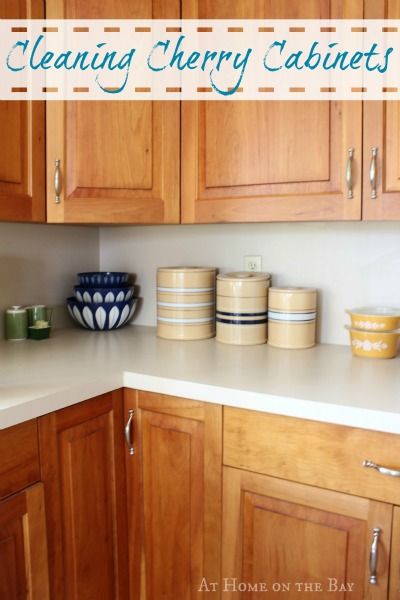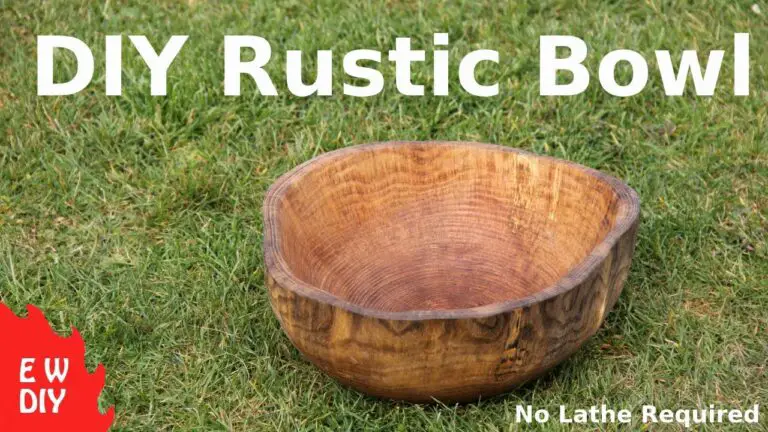Is White Mold on Wood Dangerous? Find Out the Truth Here
White mold growing on wood is a common issue that many homeowners and property owners face. While the sight of white mold can be alarming, it’s important to understand the potential dangers associated with it and how to address the problem effectively.
Identifying White Mold on Wood
White mold can appear as fuzzy patches or powdery spots on wood surfaces. It thrives in moist, humid environments and can often be found in areas with poor ventilation. Common places for white mold growth on wood include basements, attics, crawl spaces, and areas affected by water damage.
It’s crucial to properly identify white mold on wood and distinguish it from other types of mold. While some molds may appear similar, white mold tends to have a fluffy or cotton-like texture and a bright white or light gray color. If you suspect that you have white mold on your wood surfaces, it’s essential to take action promptly.

Credit: www.amazon.com
The Potential Dangers of White Mold on Wood
White mold on wood can pose several potential dangers, especially to the structural integrity of the affected material and the health of individuals exposed to it. Some of the risks associated with white mold on wood include:
Structural Damage:
White mold can compromise the strength and durability of wood over time. As it continues to grow and spread, it can feed on the organic materials within the wood, leading to decay and structural damage. This can be particularly concerning in load-bearing or essential structural components of a building.
Respiratory Issues:
Exposure to white mold spores can trigger allergic reactions and respiratory problems in sensitive individuals. Symptoms may include coughing, wheezing, nasal congestion, throat irritation, and exacerbation of asthma symptoms. Prolonged exposure to white mold spores can lead to more severe health issues, making it crucial to address the problem promptly.
Indoor Air Quality:
White mold growth on wood can contribute to poor indoor air quality, leading to an unpleasant and potentially hazardous living or working environment. The presence of mold spores in the air can impact overall air quality, causing discomfort and health concerns for occupants.
Property Value Reduction:
If white mold is left untreated, it can significantly diminish the value of a property. The presence of mold, especially if it has caused visible damage to wood surfaces, can deter potential buyers and pose challenges during property inspections and appraisals.
Addressing White Mold on Wood
Dealing with white mold on wood requires a systematic approach to effectively eliminate the mold and prevent its recurrence. Here are essential steps to address white mold on wood:
| Steps to Address White Mold on Wood |
|---|
| 1. Identify the Source of Moisture: |
| 2. Remove and Dispose of Affected Materials: |
| 3. Clean and Disinfect the Area: |
| 4. Improve Ventilation and Reduce Humidity: |
| 5. Monitor for Recurrence: |
Professional Assistance
In some cases, especially with extensive mold growth or persistent moisture issues, it may be necessary to seek professional assistance. Certified mold remediation experts can provide thorough inspections, targeted mold removal, and solutions to prevent future mold problems.
Preventing White Mold on Wood
After addressing white mold on wood, it’s vital to take preventive measures to minimize the risk of recurrence. Some effective strategies for preventing white mold on wood include:
- Regularly inspecting and maintaining wood surfaces
- Controlling indoor humidity levels
- Ensuring proper ventilation in enclosed spaces
- Promptly addressing water leaks and moisture issues
- Using mold-resistant coatings or treatments on wood surfaces
By implementing proactive measures, property owners can reduce the likelihood of white mold reappearing on wood surfaces, safeguarding both the structural integrity of the material and the well-being of occupants.
Frequently Asked Questions For Is White Mold On Wood Dangerous? Find Out The Truth Here
Is White Mold On Wood Dangerous?
White mold on wood can cause health issues and structural damage if not addressed promptly.
How To Identify White Mold On Wood?
Look for a fuzzy white growth, musty odor, and discoloration on the wood surface.
What Are The Health Risks Of White Mold On Wood?
Exposure to white mold spores can lead to respiratory problems and allergic reactions.
Can White Mold On Wood Be Removed?
Yes, white mold on wood can be removed by scrubbing with a mold cleaner and drying thoroughly.
Conclusion
While the presence of white mold on wood can raise concerns about its potential dangers, taking decisive action to address the issue is imperative. By understanding the risks associated with white mold, promptly addressing its presence, and implementing preventive measures, property owners can effectively manage and mitigate the dangers of white mold on wood.




